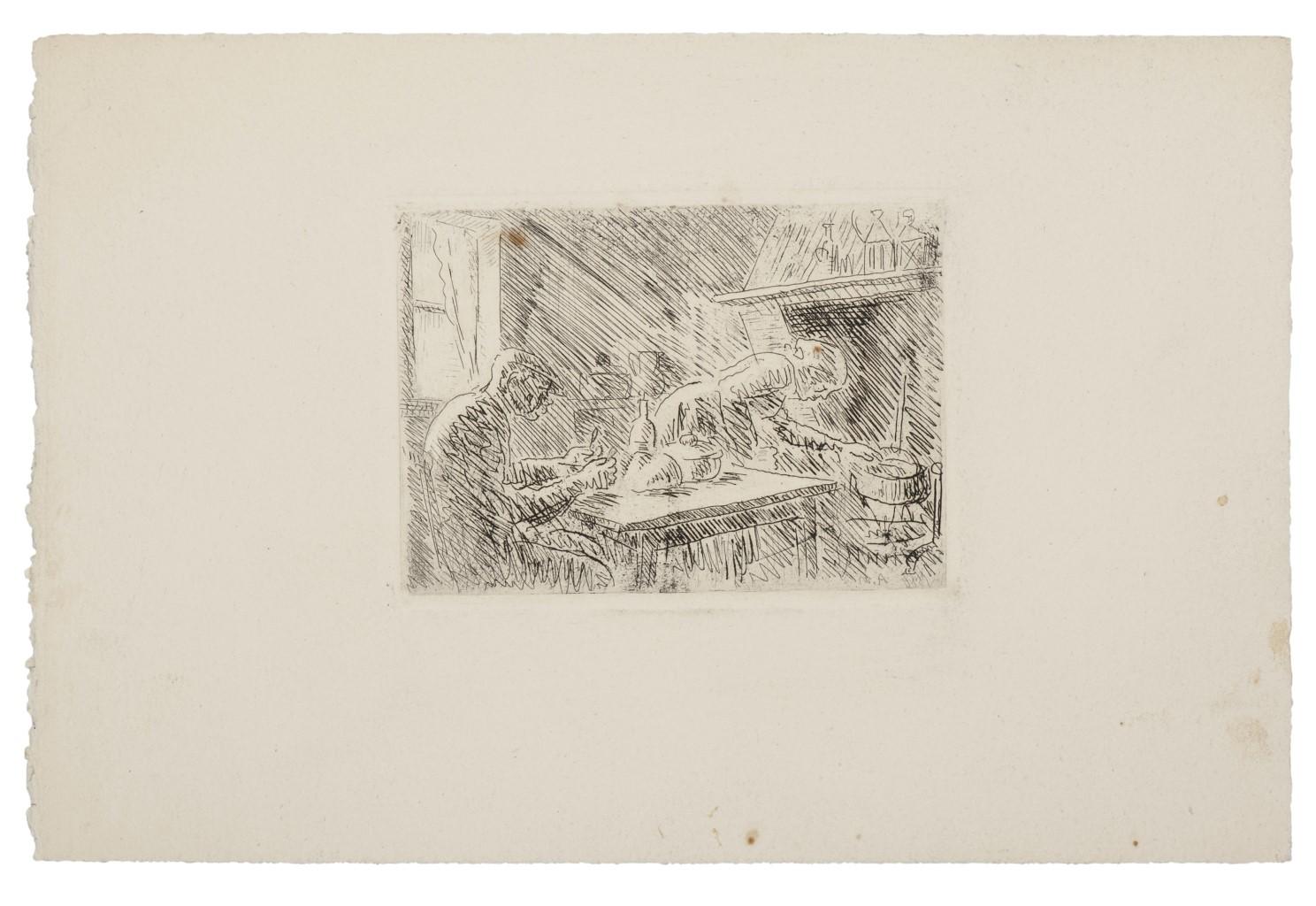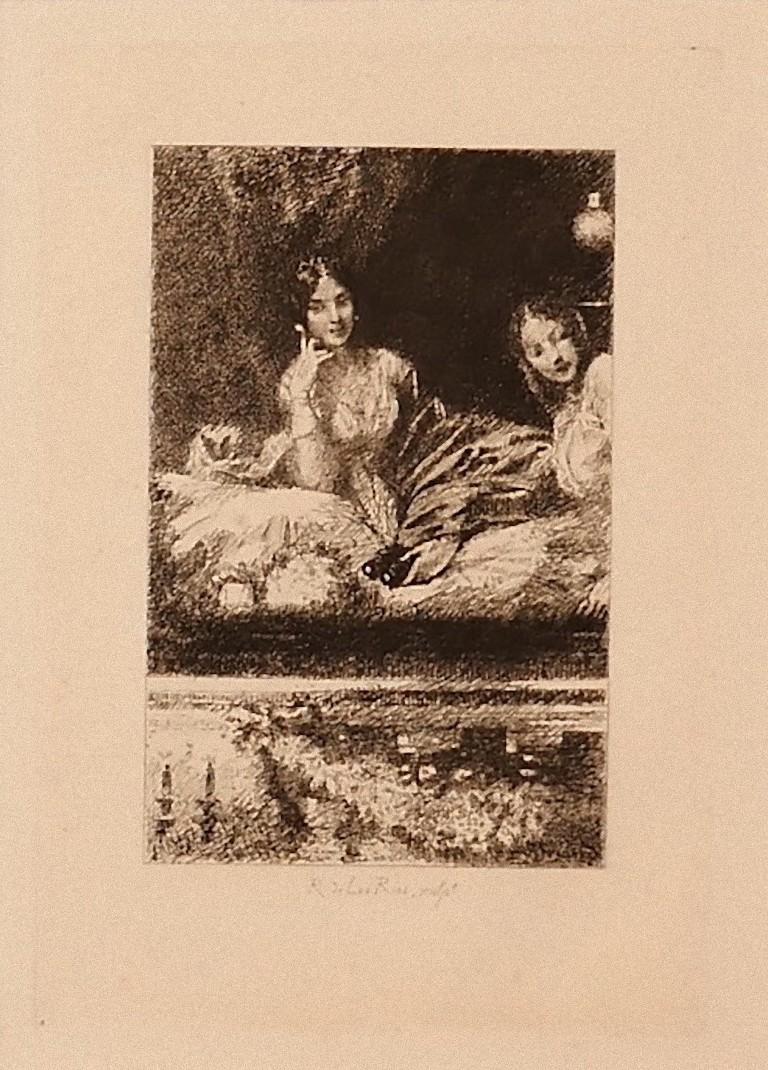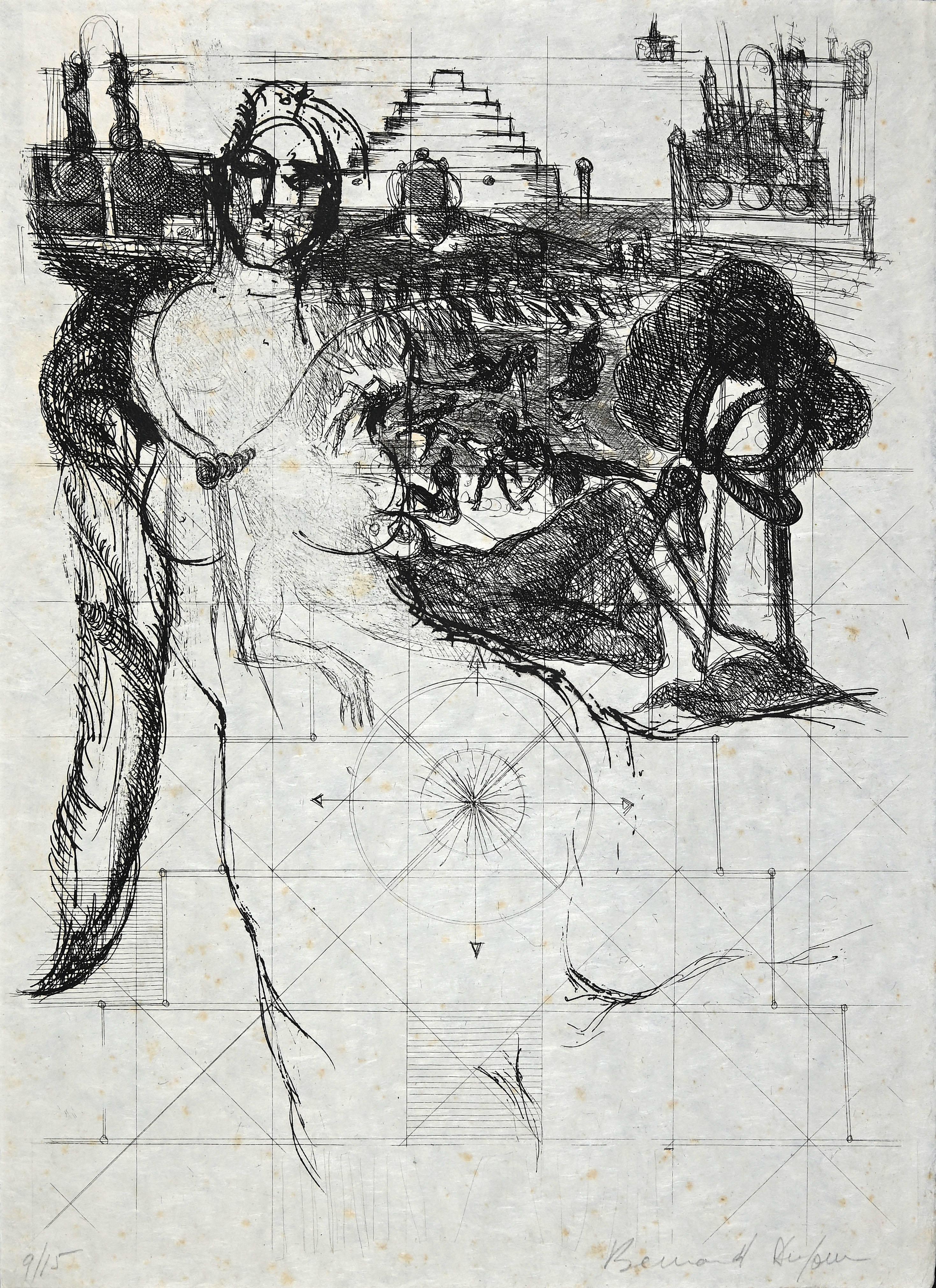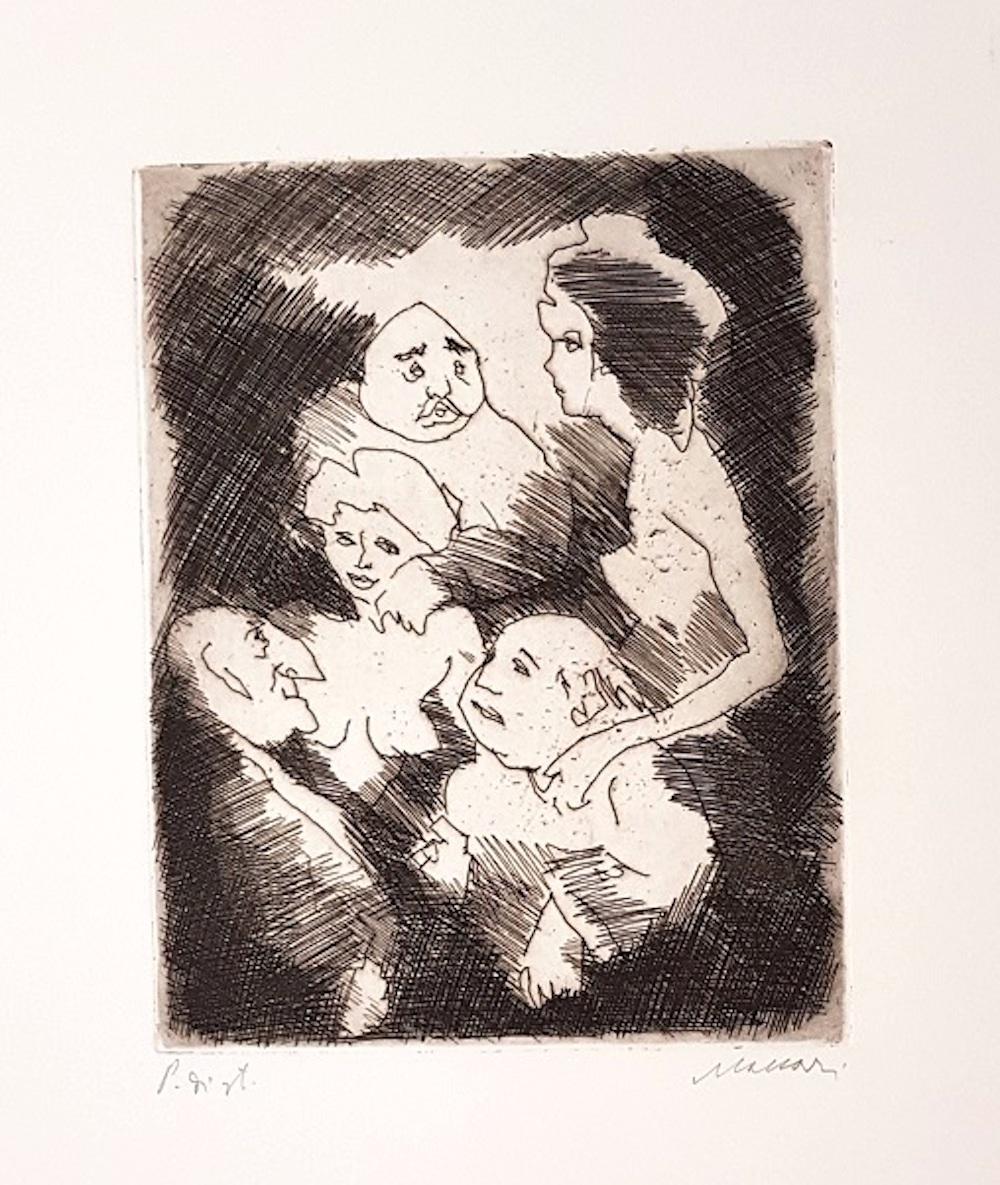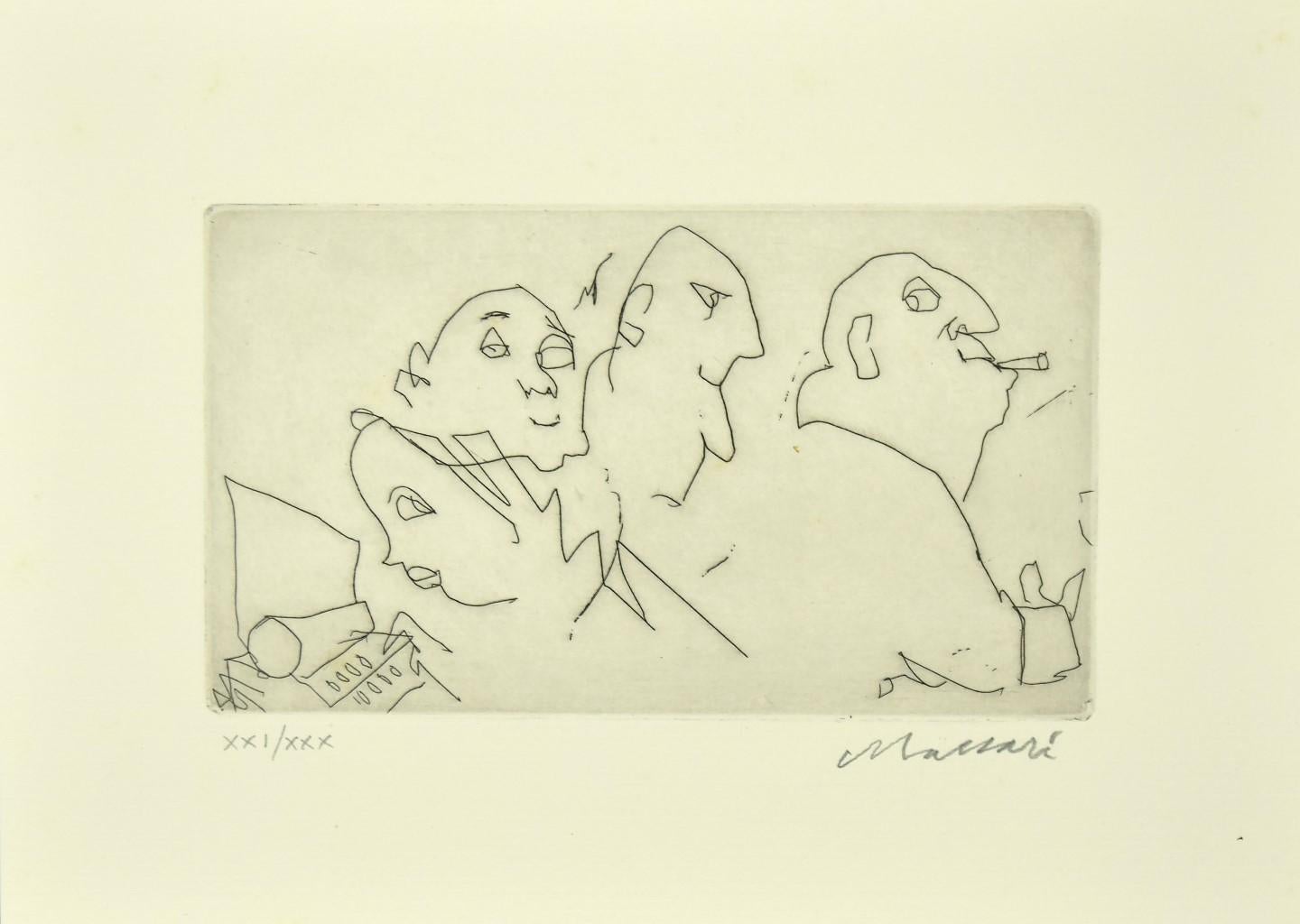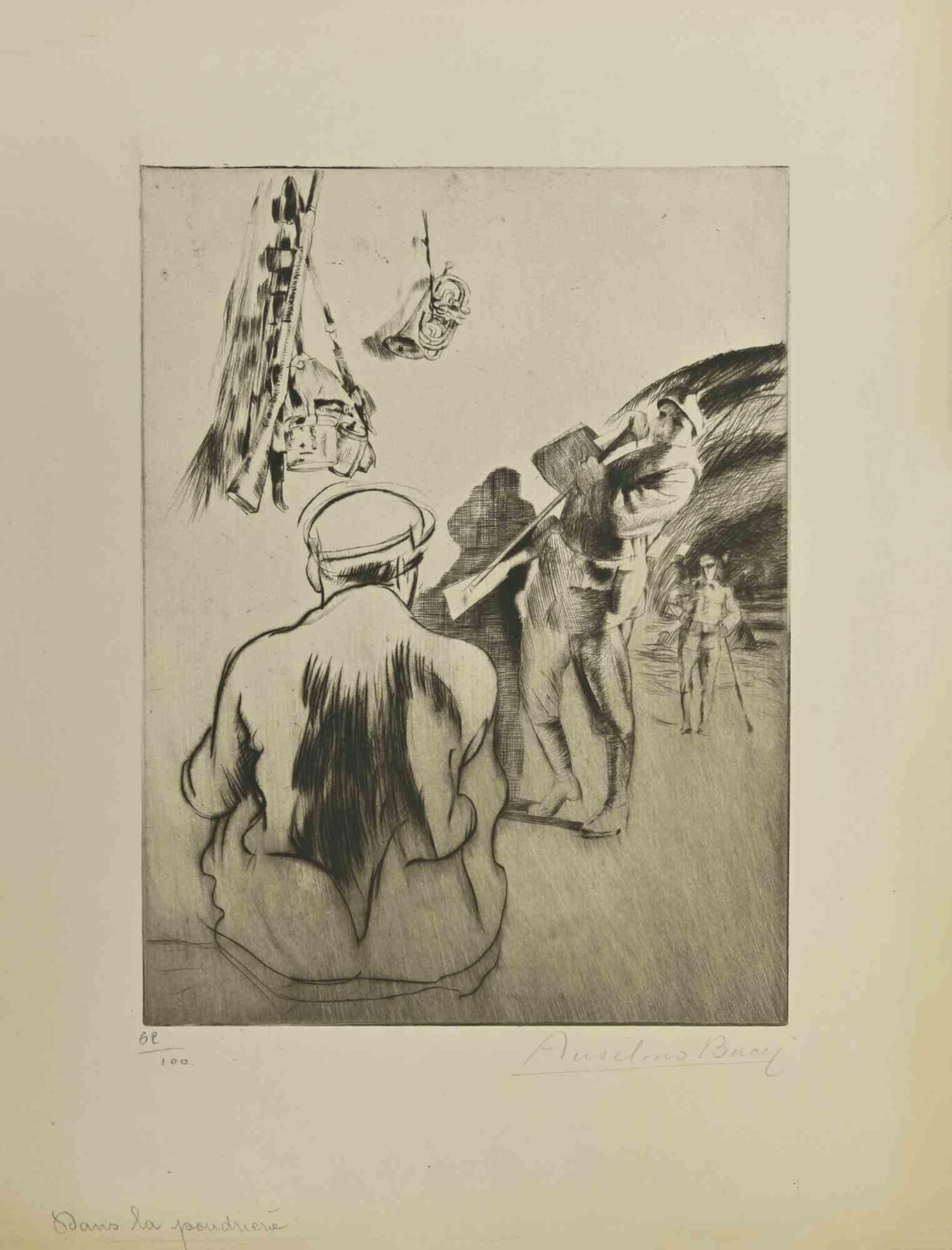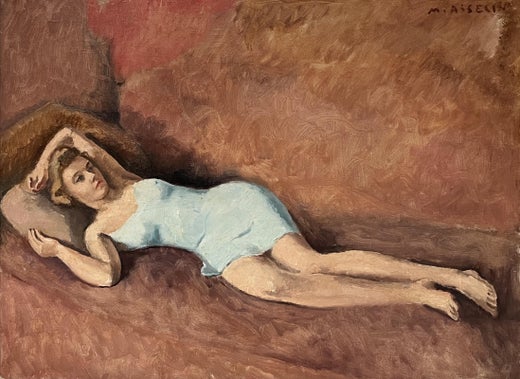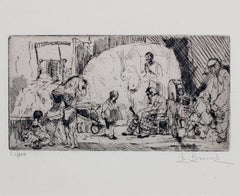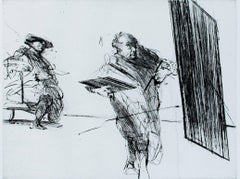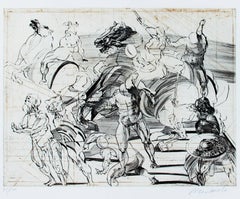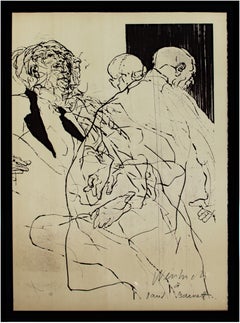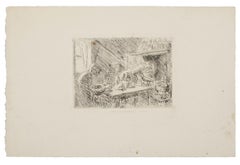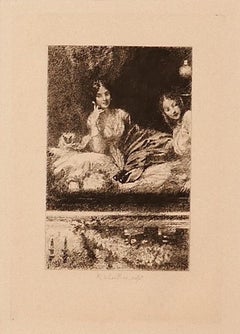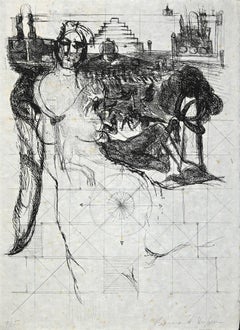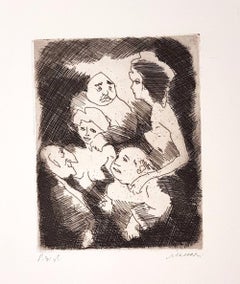Maurice Asselin"Matinee a l'Odeon, " Original Etching signed by Maurice Asselin1919
1919
About the Item
- Creator:Maurice Asselin (1882 - 1947, French)
- Creation Year:1919
- Dimensions:Height: 15.75 in (40.01 cm)Width: 14 in (35.56 cm)
- Medium:
- Movement & Style:
- Period:
- Condition:
- Gallery Location:Milwaukee, WI
- Reference Number:Seller: 557d1stDibs: LU60532247353
Maurice Asselin
Maurice Asselin is a painter and engraver, a member of the École de Paris. For the famous art historian, Bernard Dorival, Asselin was with André Dunoyer de Segonzac, Charles Dufresne, Paul-Elie Gernez and Henry de Waroquier, among the painters of the "realistic reaction" which to "idealism and photographic realism" of the academic tradition of the 19th century," prefer the frank realism of the Impressionists and the sincerity with which they questioned the nature. Against the unrealism of cubists, they pose as heirs of the independent masters of the third quarter of the 19th century. And Dorival strongly supports his statement by quoting our artist, "If you like painting, you will not only ask it to be a decoration for the walls of your home but first of all to be food for your life interior," thus professes Asselin who continues, "no brain combination, no theory can give birth to a work of art... Art springs from the marveled love of life."
- ShippingRetrieving quote...Shipping from: Milwaukee, WI
- Return Policy
More From This Seller
View All1910s Academic Figurative Prints
Pencil, Etching
1970s Modern Figurative Prints
Drypoint, Etching
1970s Modern Figurative Prints
Drypoint, Etching
1960s Contemporary Figurative Prints
Lithograph
1890s Modern Figurative Prints
Lithograph
1970s Contemporary Figurative Prints
Etching, Aquatint
You May Also Like
20th Century Modern Figurative Prints
Etching
1880s Modern Figurative Prints
Etching
Late 20th Century Contemporary Abstract Prints
Etching
1960s Modern Figurative Prints
Aquatint, Etching
1980s Modern Figurative Prints
Etching
1910s Modern Figurative Prints
Etching, Drypoint
